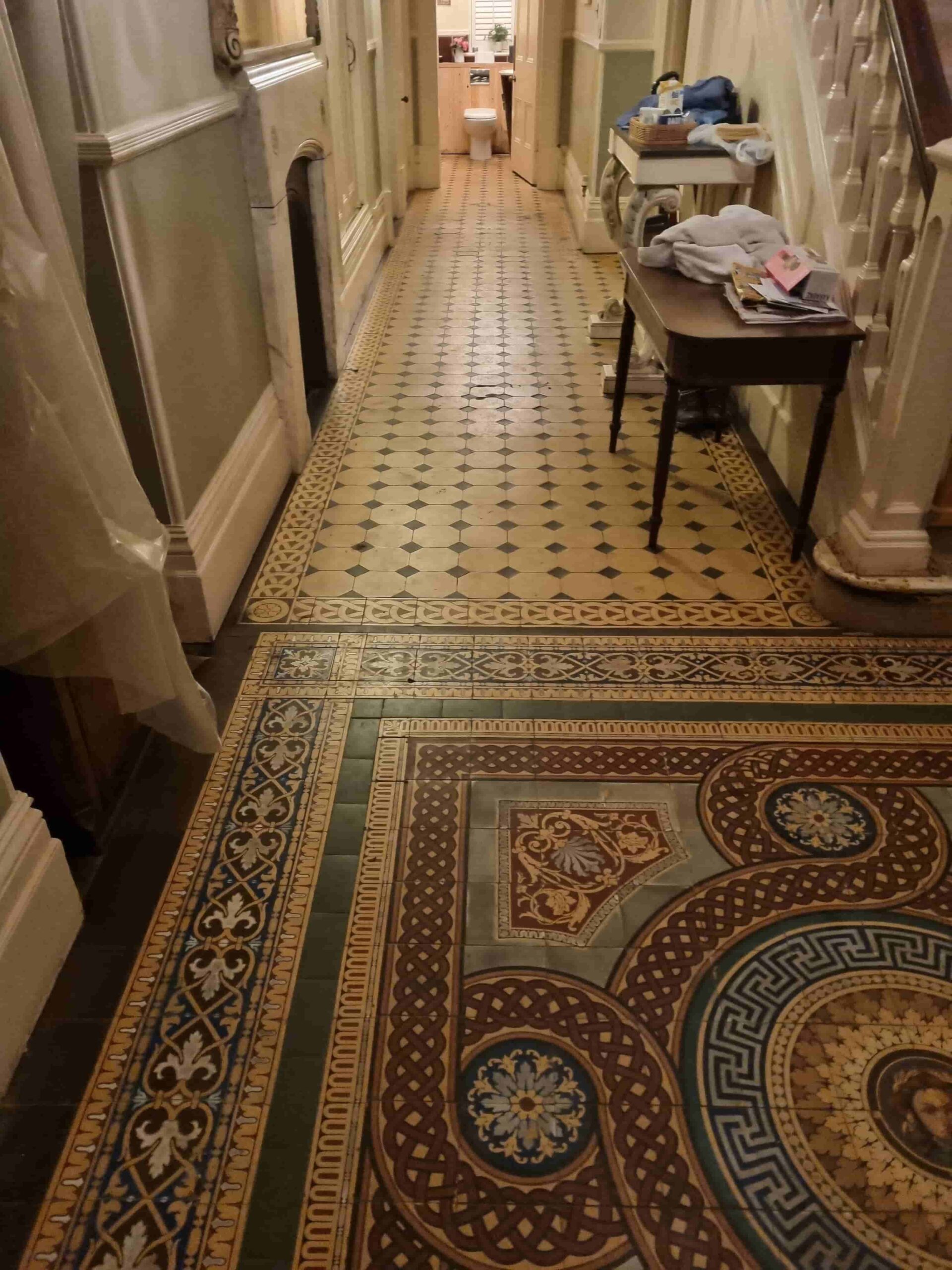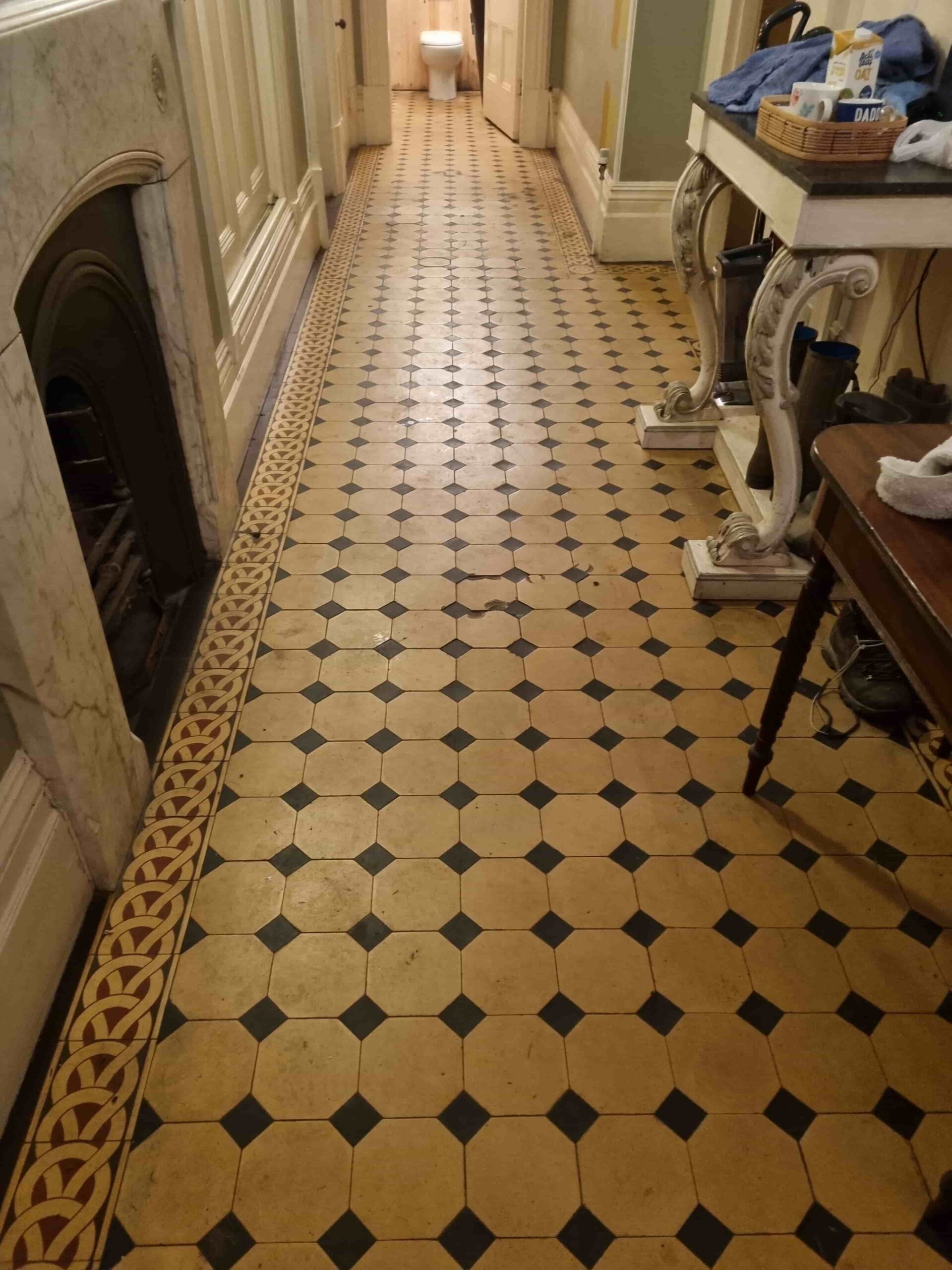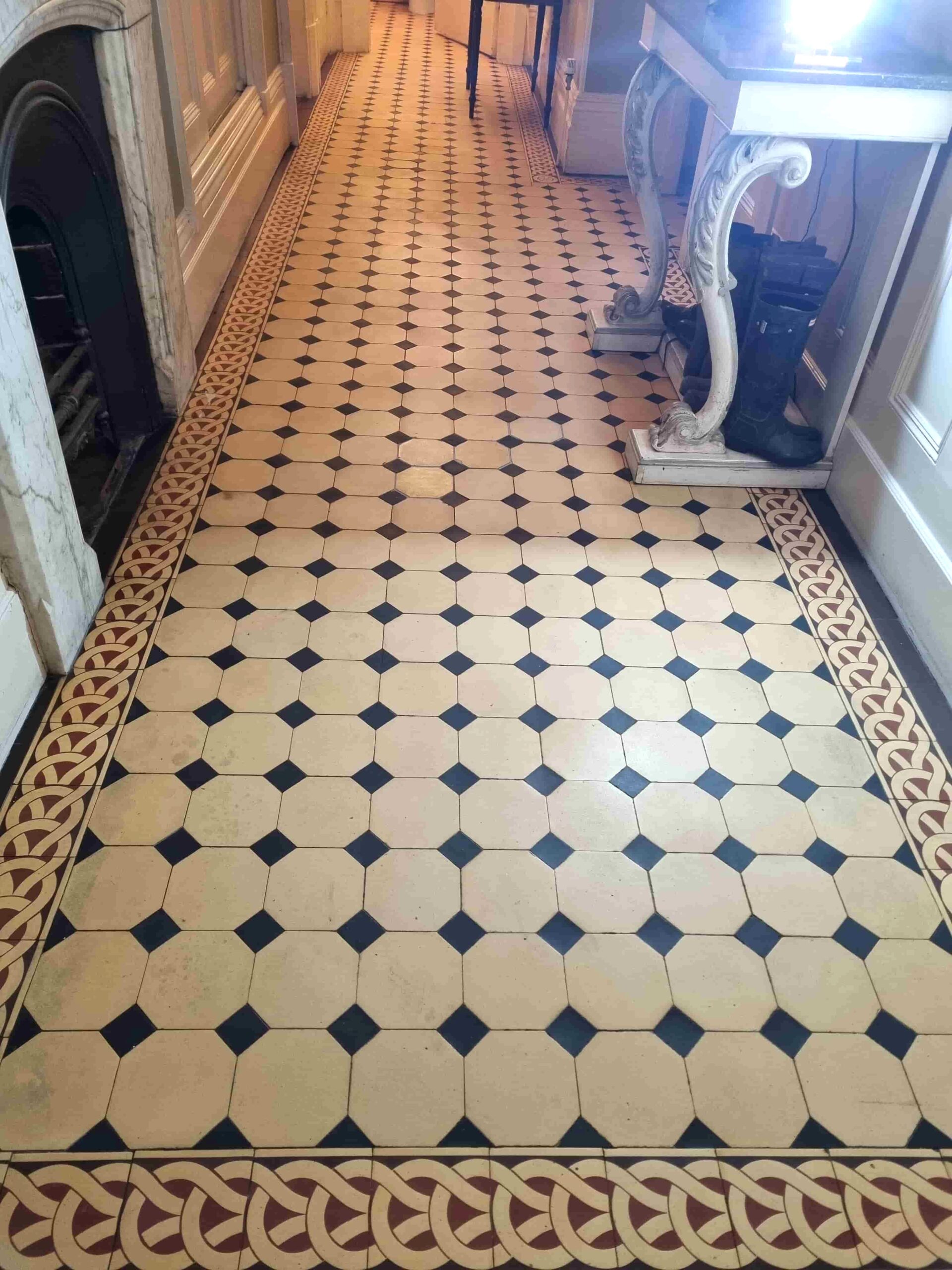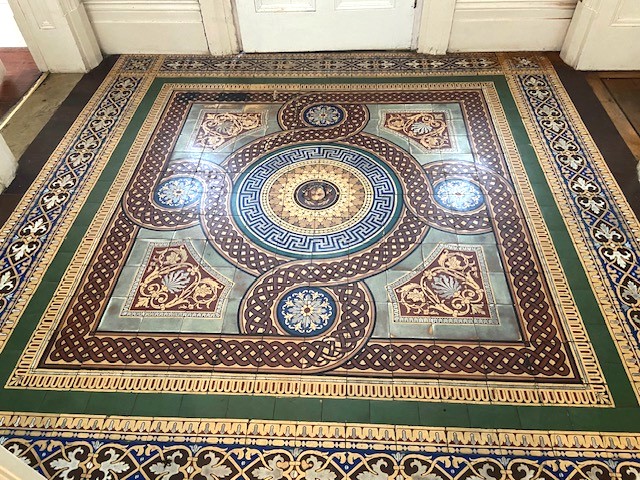Wood floor wax is one of the most conventional ways to make your floors look more expensive quickly. Moreover, waxed floors tend to look cleaner for a longer time than unwaxed wood and will thus save you cleaning time. However, when applying wax to wooden floors there are certain common mistakes which can be easily avoided by following the steps listed here.
1. Tools and Supply Choice
Wood floor wax comes in two different types: liquid and hard. When applying any liquid floor wax you should use lamb’s wool applicator because it is softer and applies the wax evenly while penetrating the small cracks you cannot see. On the other hand, if you are using hard floor wax you can use a lint-free cloth as an applicator.
It is important to note that liquid and hard floor wax have different properties and different preliminary requirements. In fact, liquid wax is easy to use and is not only waterproof, but also antistatic. Moreover, it can be applied on wooden surfaces that have a layer of varnish and even plaster decoration.
Hard floor wax is colorless, has a satin finish and is suitable for paneling, timber floors, and both hard and soft woods. Furthermore, it allows the wood to breathe and repels both dirt and water. Therefore, the ideal solution to use is hard floor wax because although it may be a bit more demanding during its application process, it gives the best result.
2. Prepare
Before setting on applying any wood floor wax it is always very important to check the present status of your flooring. It is ideal to buff the wood and you may even need to clean it from any present wax (especially if old) before applying any new wax layers. Therefore, it is important to buff the wood and clean it by either sweeping or mopping the surface with a damp rag. It is important not to have any grease or dust particles which can be ground into the wood and thus damage the final result.
3. Application Process and Technique
Once you are ready to apply the wax you should always remember to apply several thin layers rather than a thick one. If you notice any opaque streaks on the wood while applying the wax, you should immediately stop because that would mean that you are applying too much wax. Wax doesn’t take too long to dry, so after an hour or so you can go about applying a second and then a third layer. You should stop applying wax layers when the surface presents a visible thin layer on top of it. Then you should polish it to the desired shine level.
4. Finishing Touch
It is important to note that the wax needs to be buffed before it has the desired shine. Moreover, before starting the buffering process you should use a polisher so that the final result has an added shine to it. However, when buffering, consider using a large machine rather than a small one because it gives you greater shine. It is also important to note that after a long time has passed and the shine has been lost, you do not need to go through this process all over again, but you can simply re-buff your waxed floor so that they regain the original shine.
These are just a few tips on the application of wood floor wax and on how to avoid the most frequent mistakes people fall into when applying any wax to their floor. However, applying wax to your floor is relatively easy as long as you have the patience and correct tools.
Source: www.DoItYourself.com





